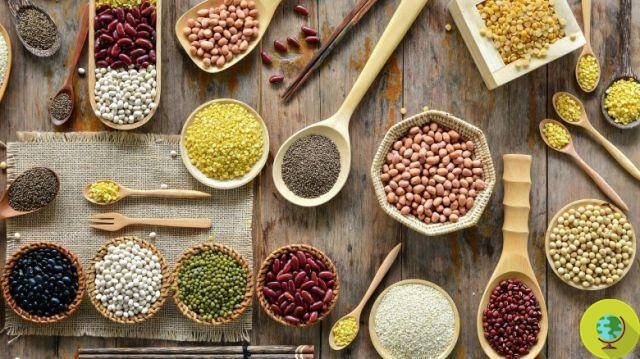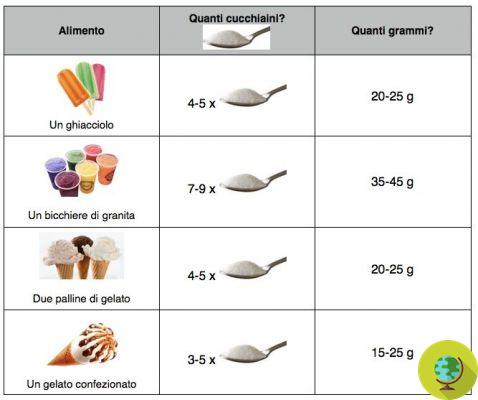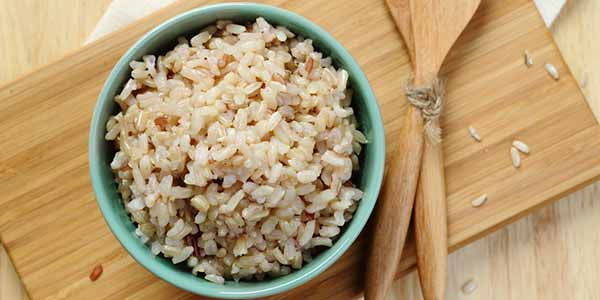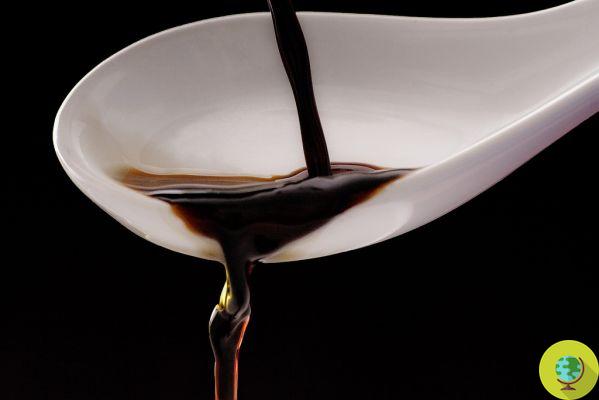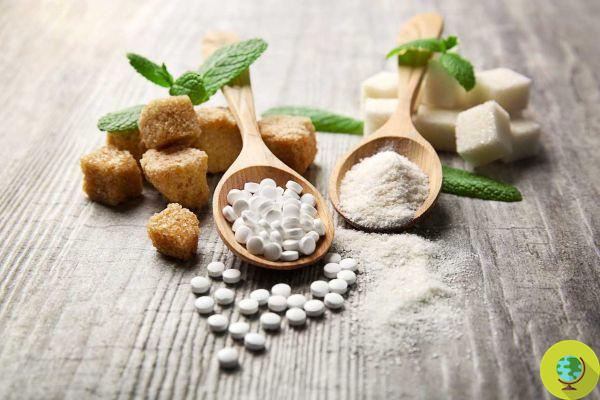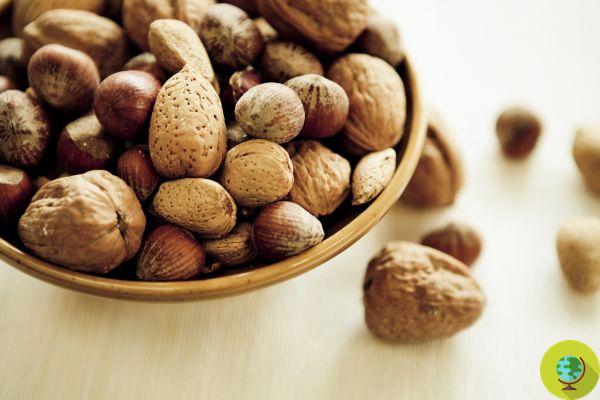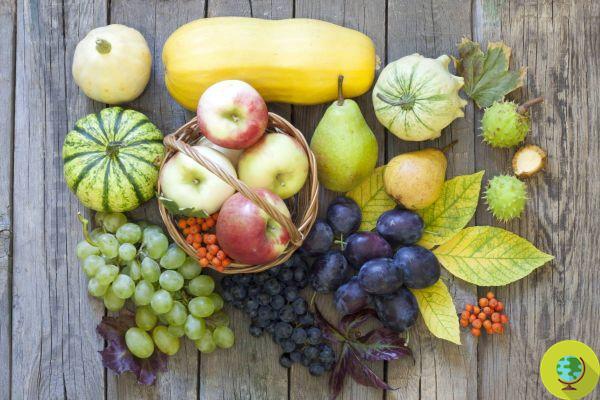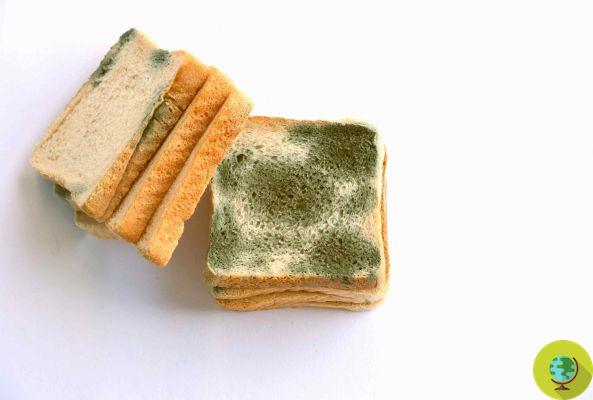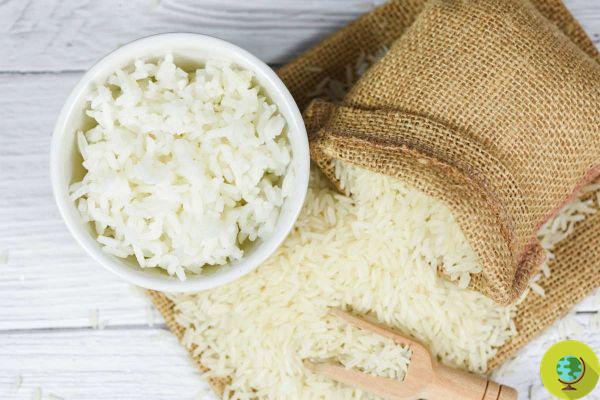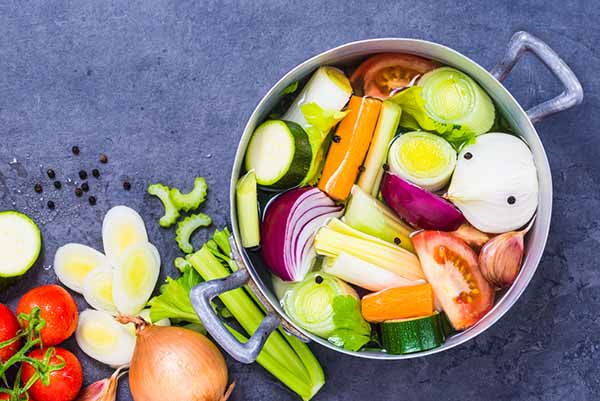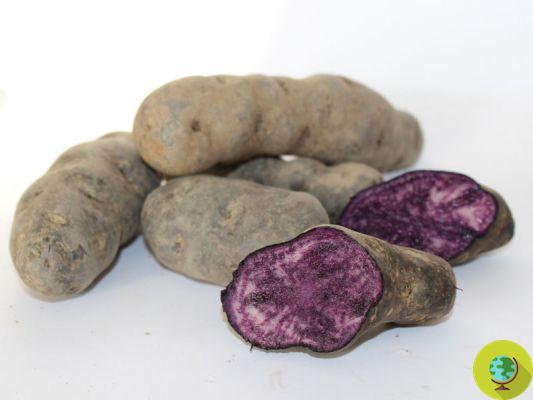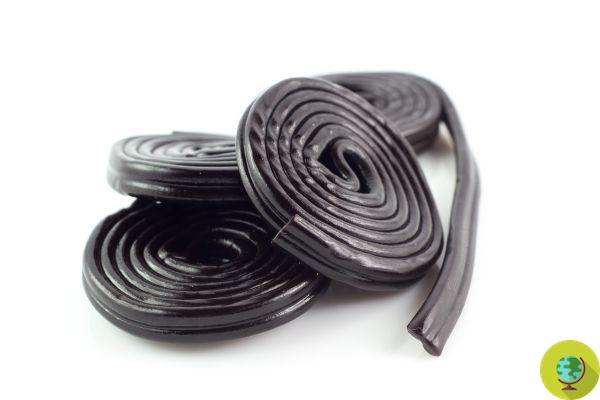The nutritional value of bananas changes with ripening, as do their properties. Let's see them together.
Don't store avocado like this: it's dangerousAt what point of ripeness should a banana be consumed? There are those who like it perfectly yellow, those who reject the brown parts like children and those who prefer the green banana lasts a damn. What not everyone knows is that each color has a benefit. What kind of color, then, does a banana have to have in order to meet our needs?
In short, according to the benefits we want to obtain, we must consume one banana rather than another. Did you know, for example, that well-ripened bananas are 8 times more effective when it comes to strengthening your immune system?
Bananas are among the most nutritious fruits we have available, characterized above all by the sense of satiety it gives and by being a significant source of potassium. Eating them often helps keep us healthy, lose weight and improve bowel function. But bananas have a thousand other properties.
The point is: do they have to be in color?
The colors of bananas
The secret is to prefer green bananas rather than ripe or yellow according to your needs and it is important to know that the nutritional value of bananas changes with ripening.
Basic truth is that the riper the bananas, the sweeter they are. This is because the enzymes contained in them convert to starch and when the fruit ripens, this starch is converted into mono and disaccharides such as sucrose, glucose and fructose (simple sugars). It is precisely when the starch turns into simple sugar that the ripe banana is also easier to digest. However, several studies have found that when they ripen, bananas lose some of their vitamins and minerals.
Conversely, when the banana is ripe, it also produces various antioxidants and anticancer properties, while when it is completely yellow or has dark spots, it produces a substance called TNF (tumor necrosis factor), which has the ability to fight malignant cells.
Therefore, for most people it is more convenient to consume bananas when they are fully ripe, especially well yellow and with spots on their skin. However, people who suffer from diabetes are either at risk or just want to avoid a rapid rise in sugar levels, can include bananas in their diet, but when they are still green.
Specifically, it is possible to distinguish the different needs:
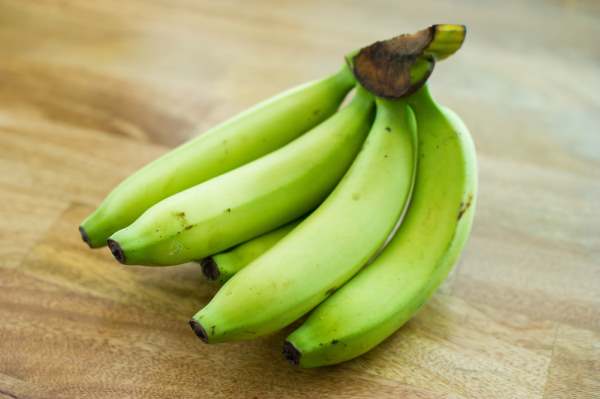
Le gave me a banana: they are consumed mainly for their medicinal properties. They have a low glycemic index than ripe ones, which makes them much healthier than yellow bananas. Consuming bananas with this "nuance" also helps prevent heart disease and is indicated for diabetic patients.
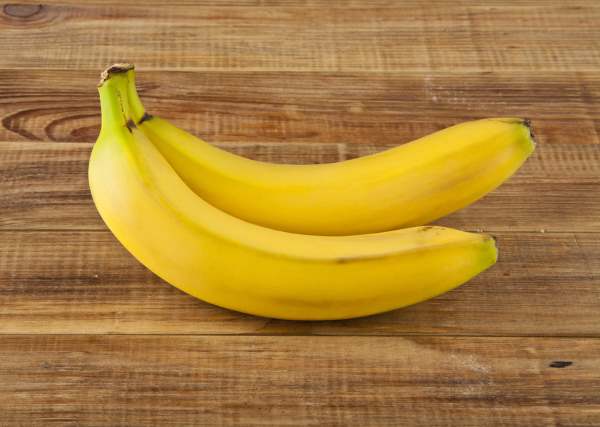
Le yellow bananas: they are definitely the most beautiful to look at and are rich in fiber, potassium, antioxidants, vitamins such as B6 and C, and pectin, which gives the fruit its structured shape and also helps maintain skin elasticity.
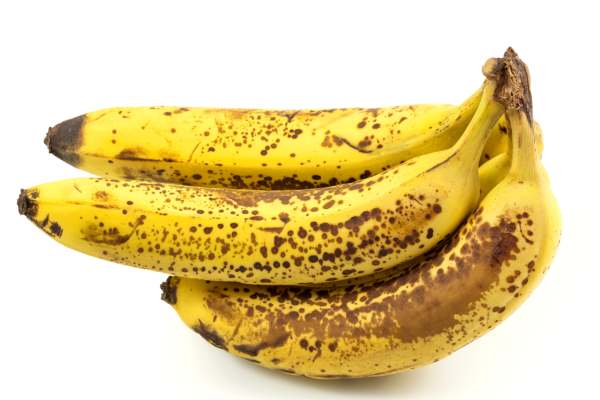
Le spotted bananas: they are rich in antioxidants, they help prevent heartburn and indigestion. Also, when a banana ripens its sugar content and nutrient quantity increases, which makes the banana with the spots better than the yellow or green one. These spots indicate the presence of a substance that fights cancer, as well as improving the immune system and helping cell renewal in the body, preventing tumors.
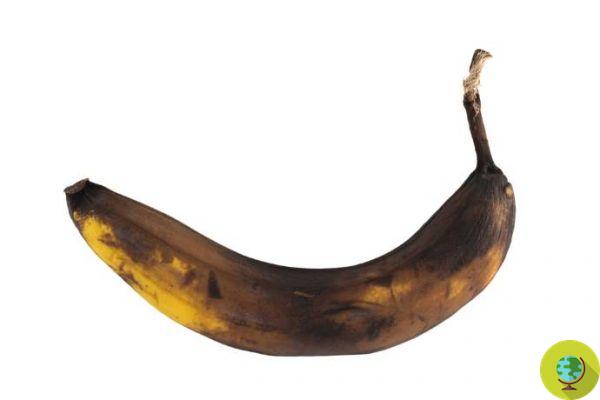
Le brown bananas: they look like rotten fruit, but don't throw them away! These bananas are very soft and have benefits for bones, muscles and for keeping levels of cortisol (the hormone responsible for stress) in balance. They also aid in digestion.
But when is it better not to eat bananas at all? Experts recommend not including bananas from the diet when suffering from liver failure or kidney failure. In these cases it is best to consult your doctor before consuming bananas.
For all the others it is worth eating but, not being of our own cultivation, we always choose bananas from fair trade and from agriculture Biological.
Follow us on Telegram | Instagram | Facebook | TikTok | Youtube
Read also
- Bananas: 10 Amazing Health Benefits
- Bananas: 15 unexpected alternative uses




